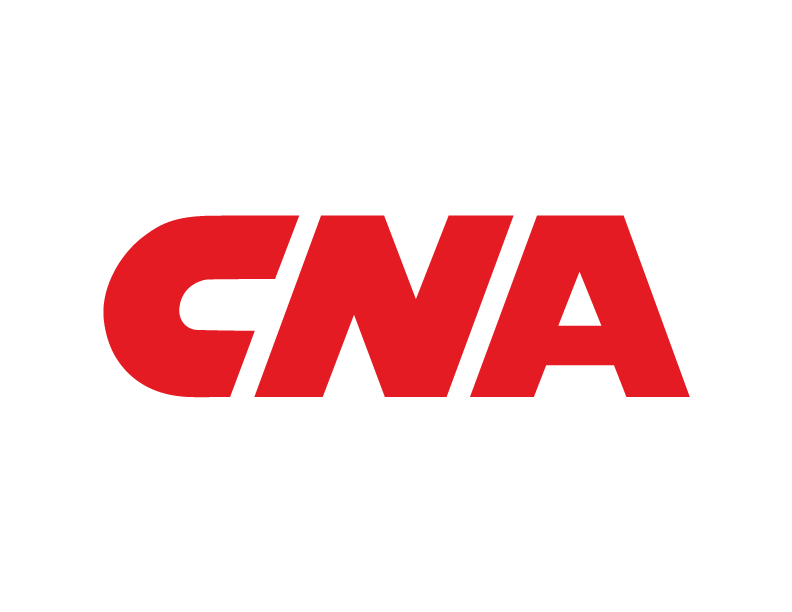Make Slip and Fall Prevention Paramount to Safety at Allied Healthcare Facilities
The growth in allied healthcare facilities continues to accelerate, as healthcare services are increasingly delivered outside of a hospital. And while the medical care is paramount, these outpatient facilities, which include urgent care, cancer treatment and ambulatory surgery centres, are challenged by slip and fall exposures that can place employees, patients and visitors in harm's way, leading to significant claims.
Employees are protected under the Occupational Safety and Health Administration (OSHA), which requires slip and fall prevention to be a part of any allied healthcare provider's comprehensive risk management program. And while the discussion of floor safety is not new, programs aimed at reducing these exposures are particularly timely, given the updated OSHA regulation. The agency's Walking-Working Surfaces regulation (29 CFR Part 1910, Subpart D) aims to protect workers by minimizing same-level slip, trip and fall incidents by requiring healthcare facilities to maintain floors that are clean, orderly and in a sanitary condition.
However, compliance with OSHA regulation isn't the driving factor for addressing slip and fall exposures. According to CNA claim data1, slips and falls that result in general liability claims, involving patients and visitors, cost an average of $30,000, while workers' compensation claims average about $26,000. Claims where traumatic brain injury occurs, while less common, can jump nearly 10 times those amounts.
A CNA report, Slip and Fall Study Report: Enhancing Floor Safety through Slip Resistance Testing, Maintenance Protocols and Risk Awareness, found that diligent attention to floor maintenance and interior building awareness are critical to reducing slip and fall exposures. In the study,CNA Risk Control walkway specialists examined and tested hard surface flooring in commercial settings over a two-year period, including healthcare facilities. Fifty percent of surveyed sites with tribometry did not produce a dynamic coefficient of friction (DCOF) level, the measurement of a surface's slip resistance while walking on the floor surface, above the minimum threshold set by the American National Standards Institute (ANSI A326.3), leaving half of these facilities vulnerable to potential slip and fall claims.
To reduce slip and fall risks consider these simple, yet effective strategies to protect the safety of your employees, patients and visitors:
- Keep floors clean and dry to reduce slip and fall risks and spread of infection. Prevalent exposure to bodily fluids typically requires resilient flooring surfaces (also called vinyl flooring) with closed pores. These materials can be slippery when wet and require the proper cleaning agent and cleaning method to reduce slip and fall hazards. Cleaning products are derived from four major categories: alkaline-based, acidic-based, pH neutral and microbial enzymatic. It is important to carefully read labels to understand what cleaning product pairs best with what type of floor.
- Be mindful of your mopping. Cleaning equipment plays a key role in not only preventing slip and fall risks, but also preventing the spread of infection. When wet mopping, a looped end mop will most effectively pick up floor contaminants. These mops can also be easily laundered after each use. Make sure you also pay attention to the bucket used when mopping. A two-compartment bucket – one side for clean and another for dirty water – is important to maintaining a clean environment and preventing the spread of cross-contamination.
- Raise risk awareness. Proper care and maintenance of floor surfaces is only part of the equation. Allied health care facilities must also consider the human element. With age and/or disability, patients and visitors may experience reduced vision, walking imbalance and poor reaction time. In addition, advanced age is associated with decrements in speed and accuracy of motor control for walking.
To keep people safe on their feet, keep aisles and passageways clear and in good repair, with no obstruction across or in aisles that could create a hazard. Display signage in areas noting floor elevation changes. Place walk off mats near doorway entrances with sufficient mat length for shoe contaminant removal. Use design/decorative colour selection for visual contrast and to reduce glare. Add large planters, pictures and decorative objects as visual cues for floor changes. Use additional lighting to optimize a person's vision.
- Focus on non-slip footwear. According to OSHA, healthcare employees should use waterproof, slip resistant footwear to decrease slip and fall hazards. In addition, footwear selection for patients should be considered for safe walking.
For more strategies on how to implement a slip and fall prevention program for your allied healthcare facility, download the study today.
1 Slip and Fall Study Report: Enhancing Floor Safety Through Slip Resistance Testing, Maintenance Protocols and Risk Awareness, page 6.
One or more of the CNA companies provide the products and/or services described. The information is intended to present a general overview for illustrative purposes only. Read CNA's General Disclaimer.
In Canada, products and/or services described are provided by Continental Casualty Company, a CNA property/casualty insurance company. The information is intended to present a general overview for illustrative purposes only. Read CNA’s General Disclaimer.

